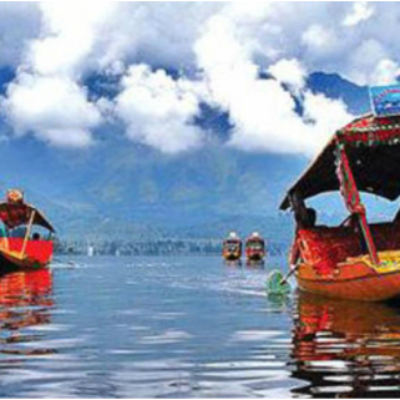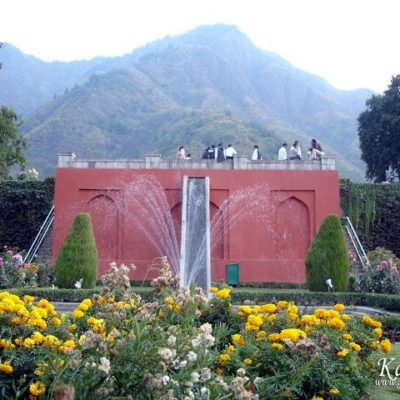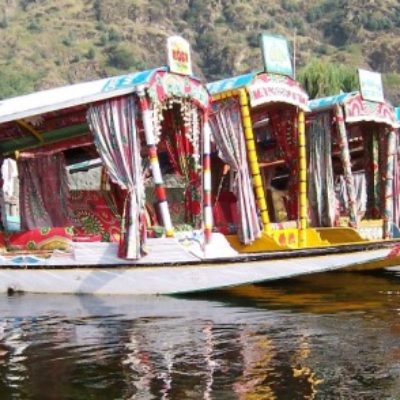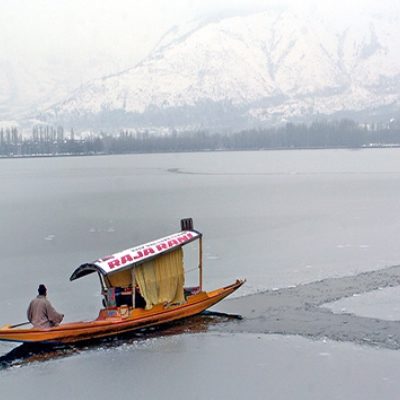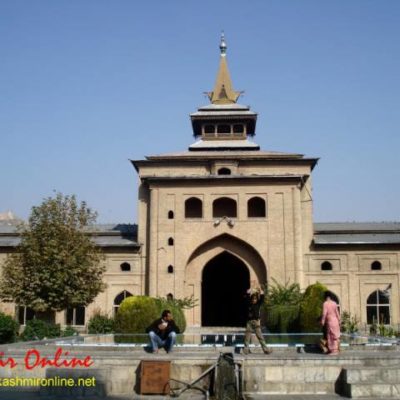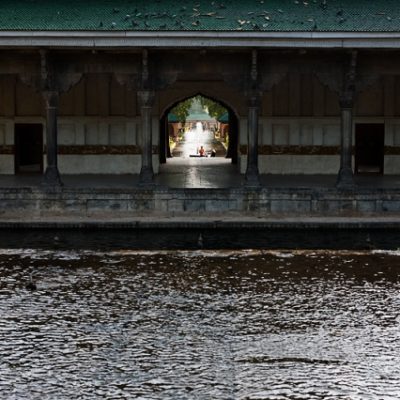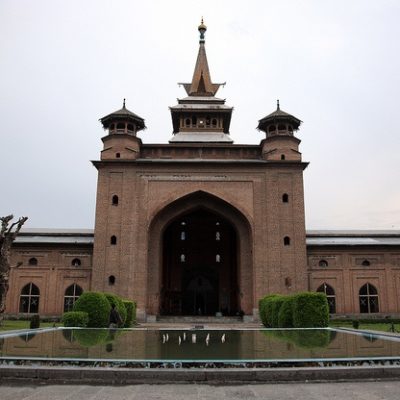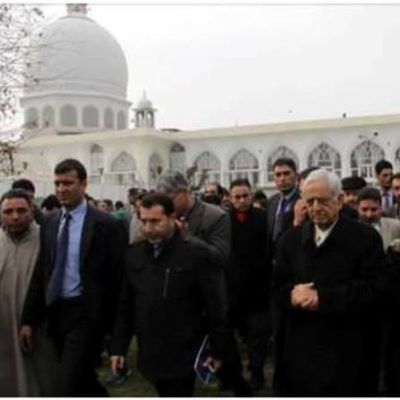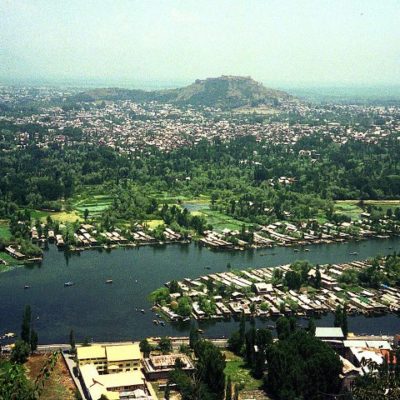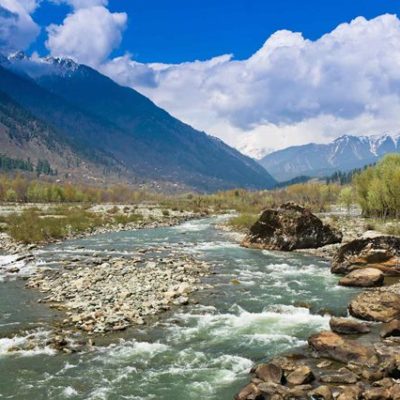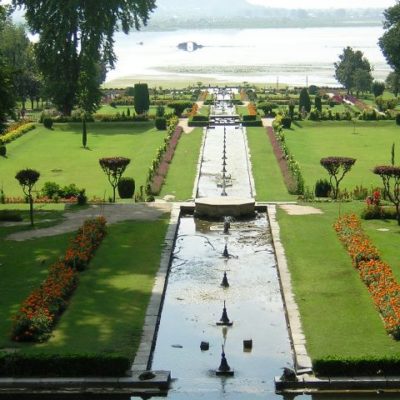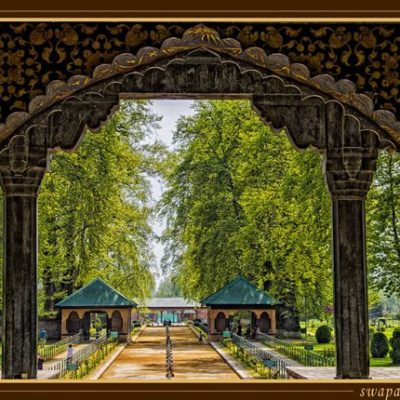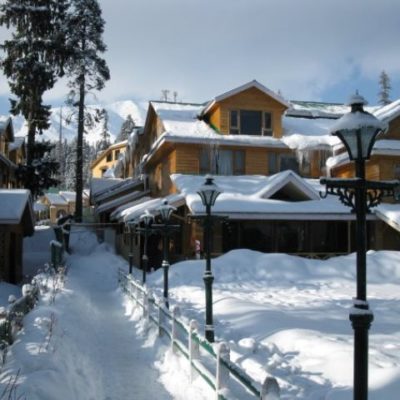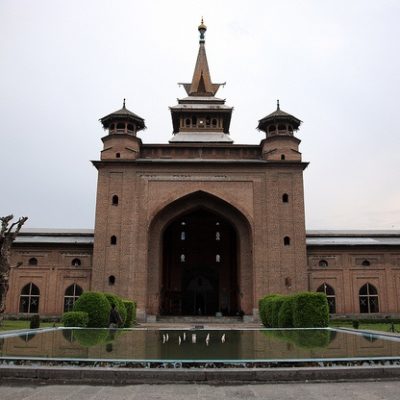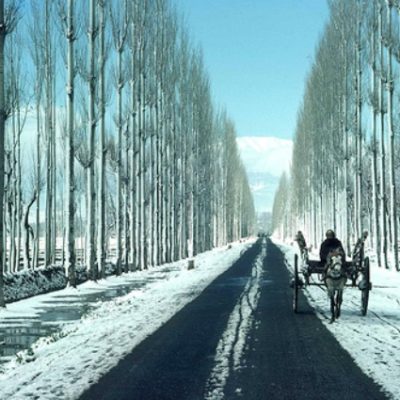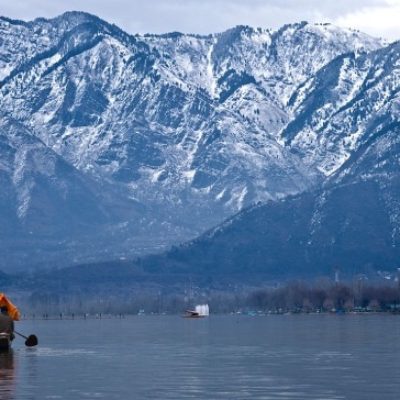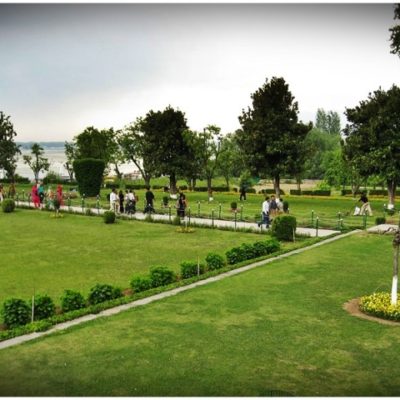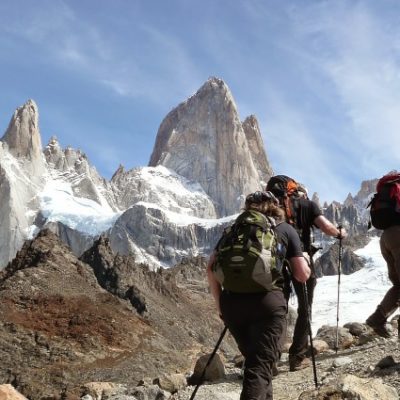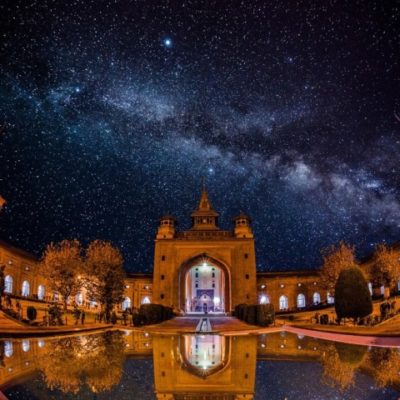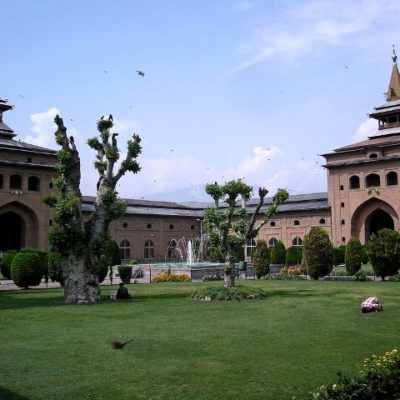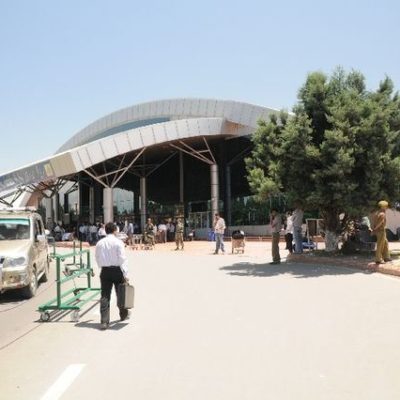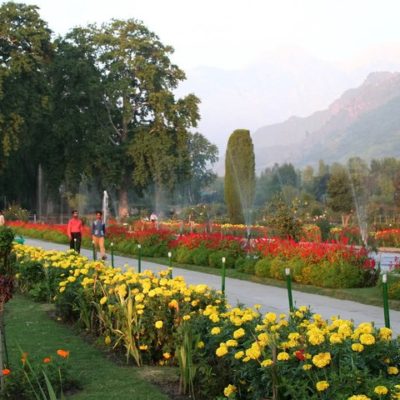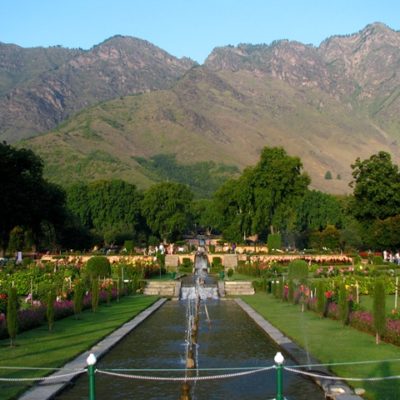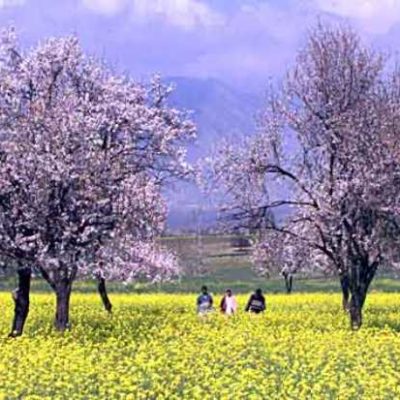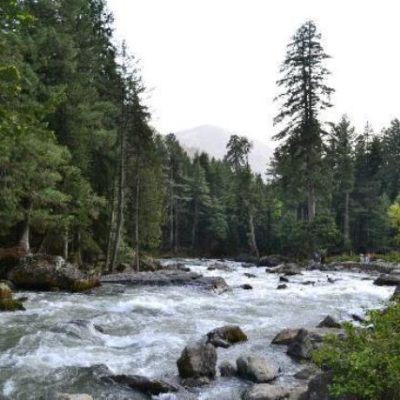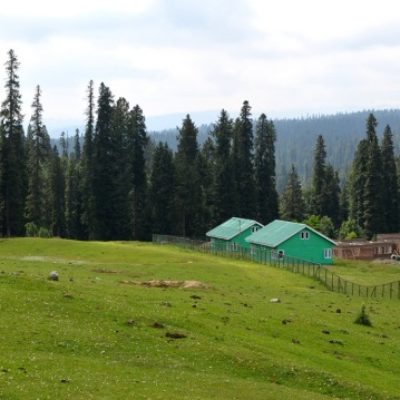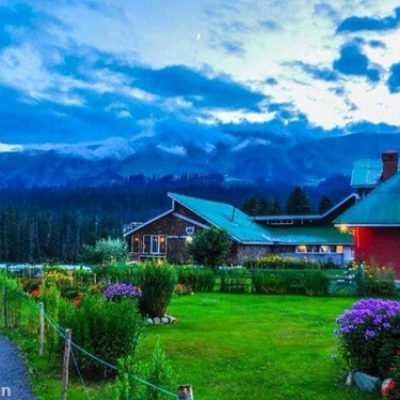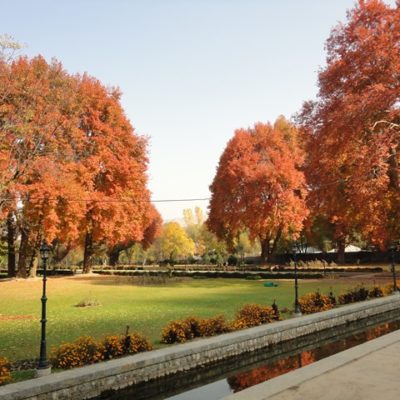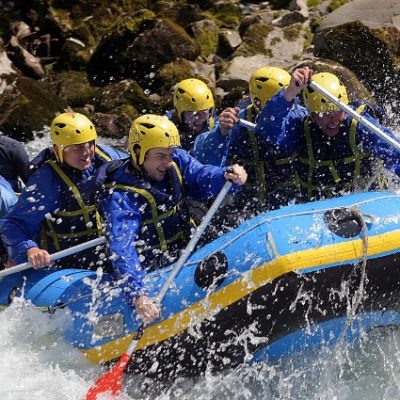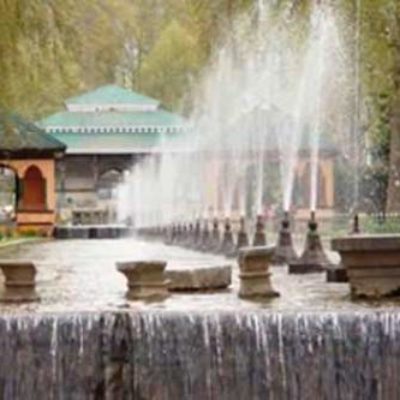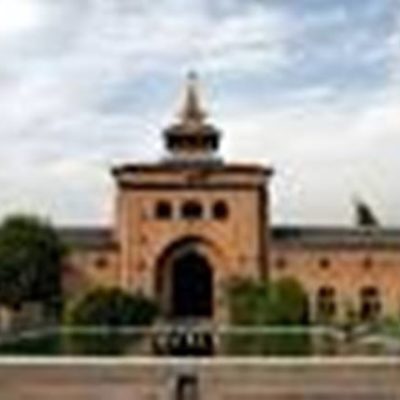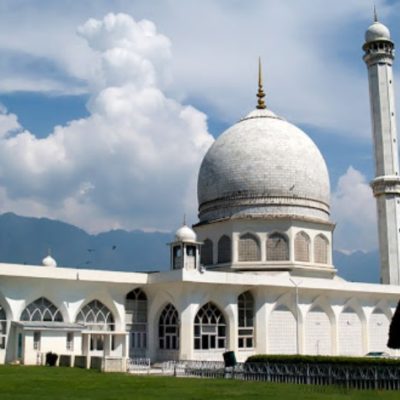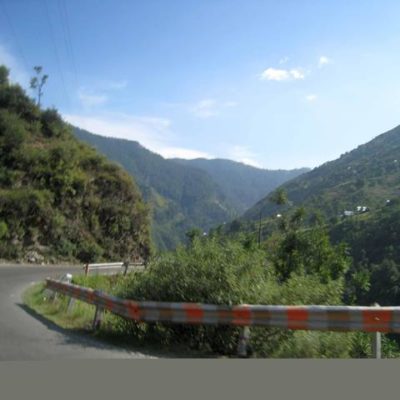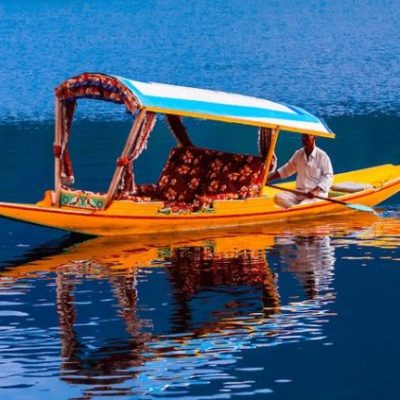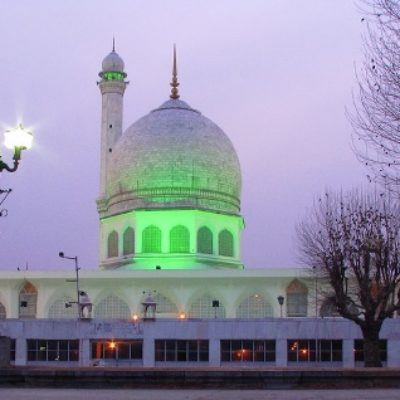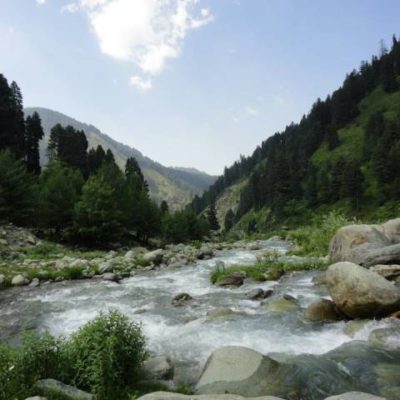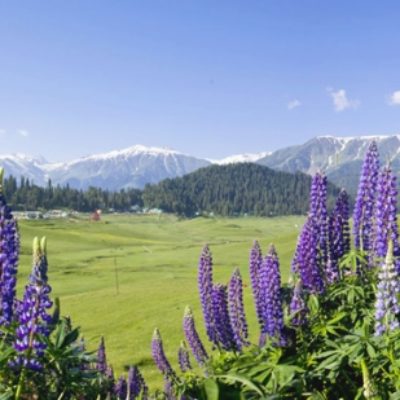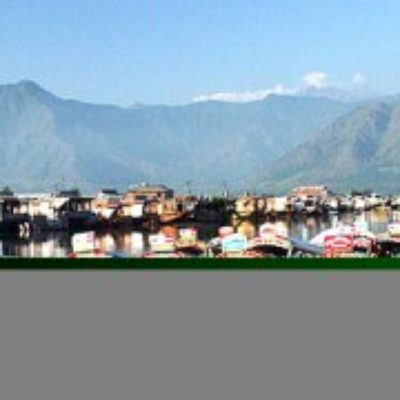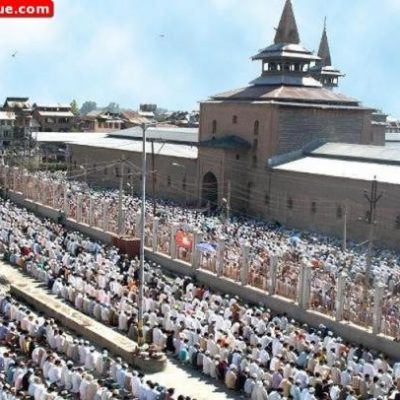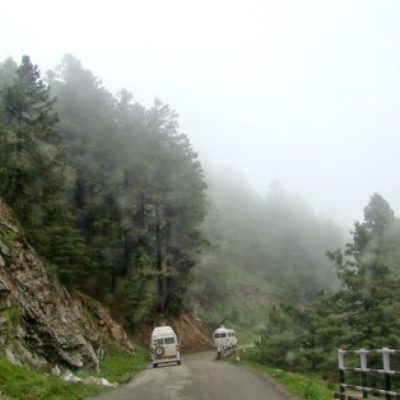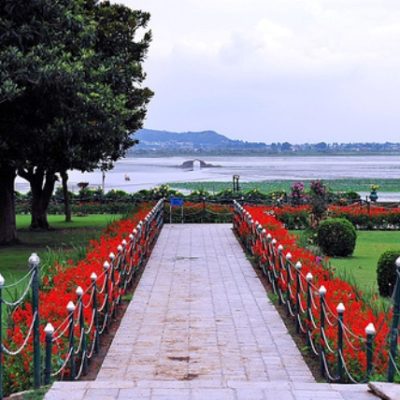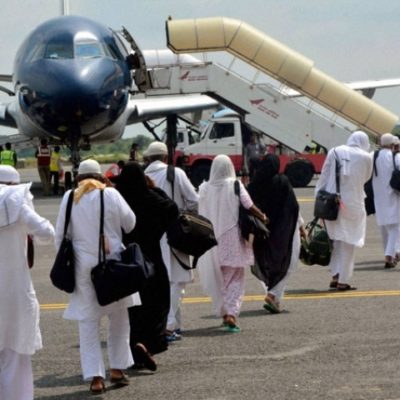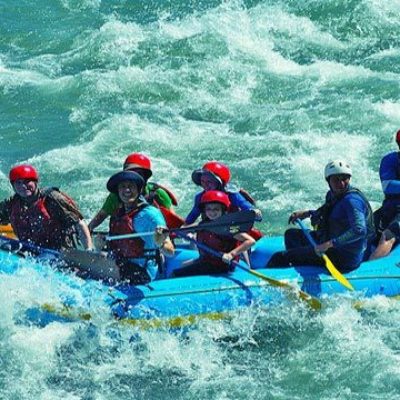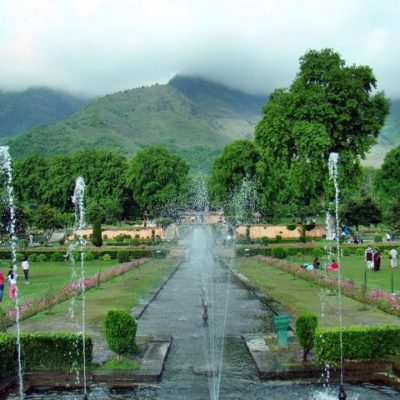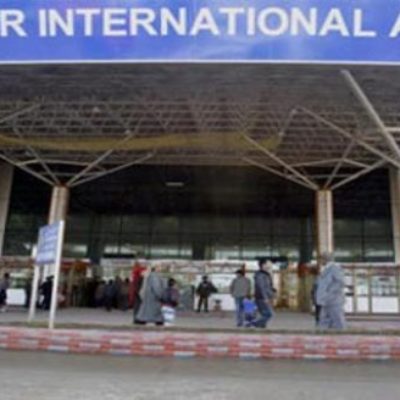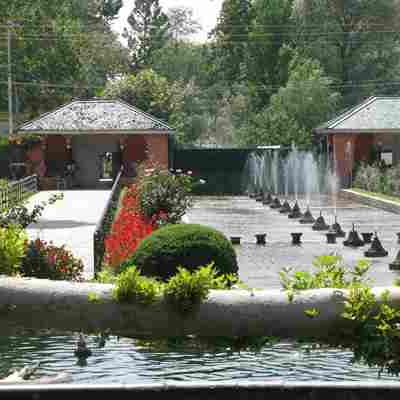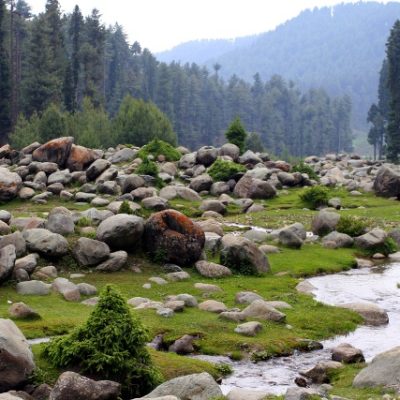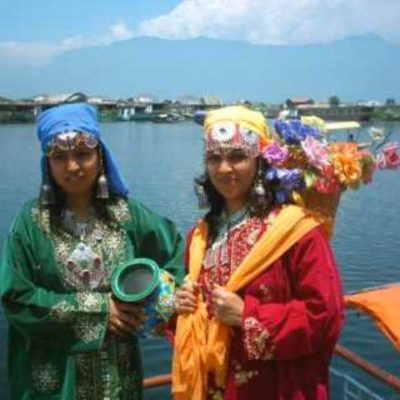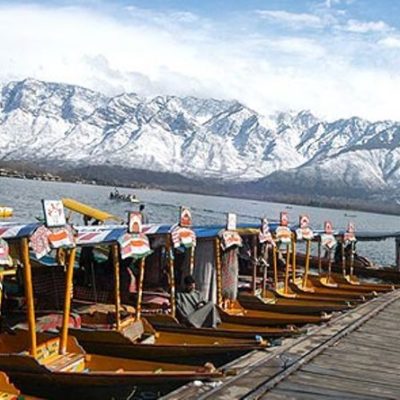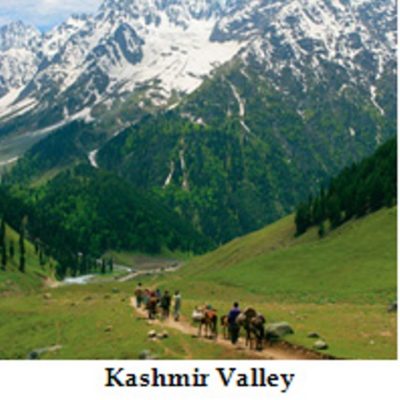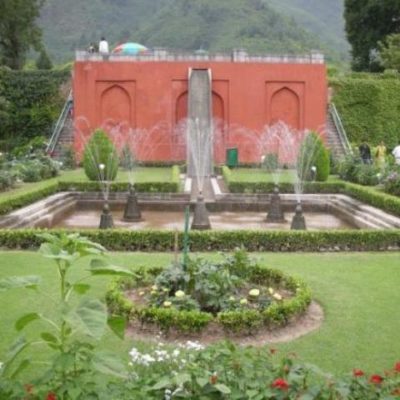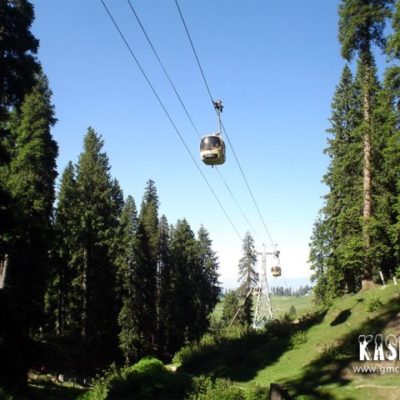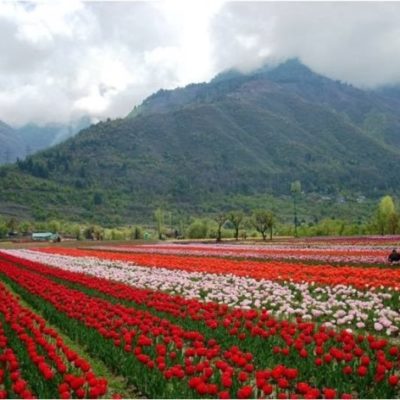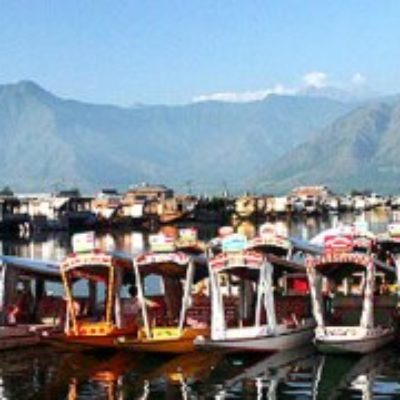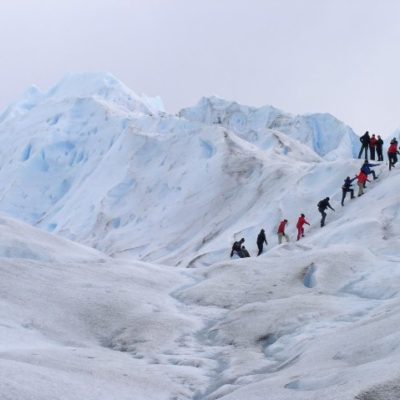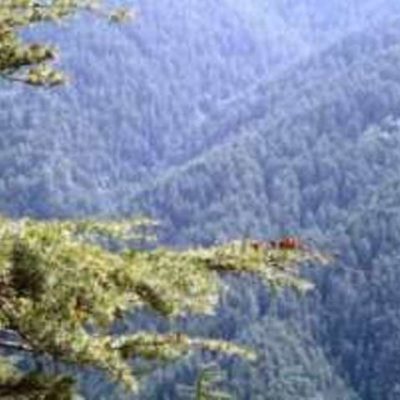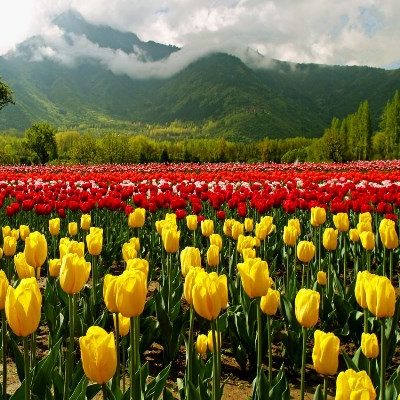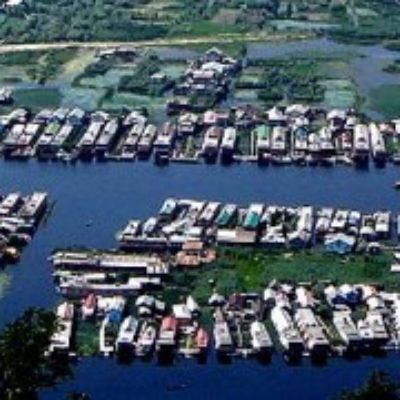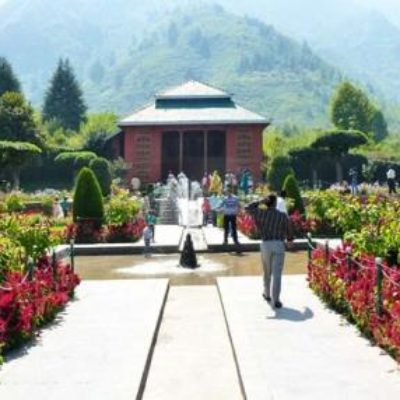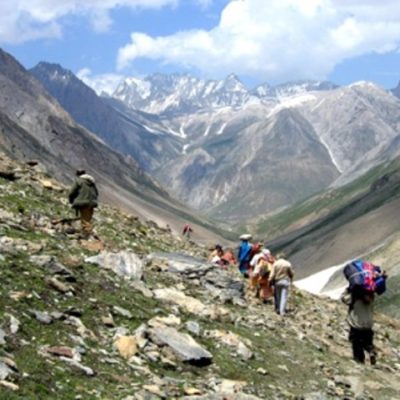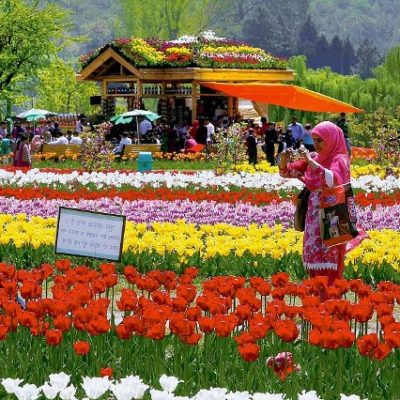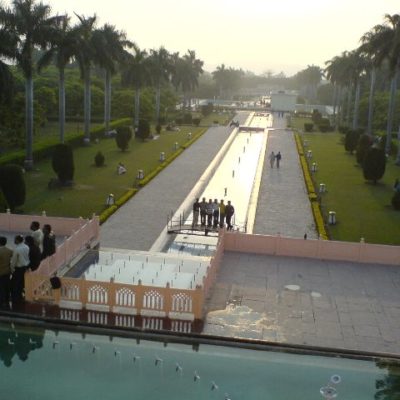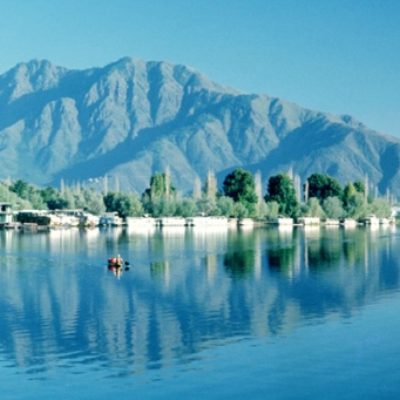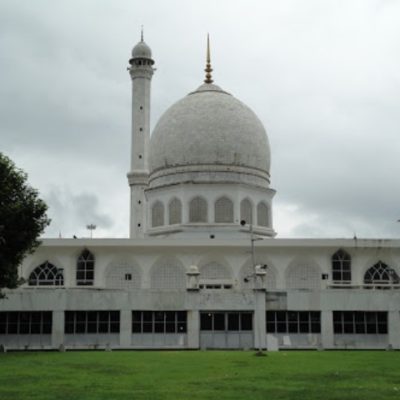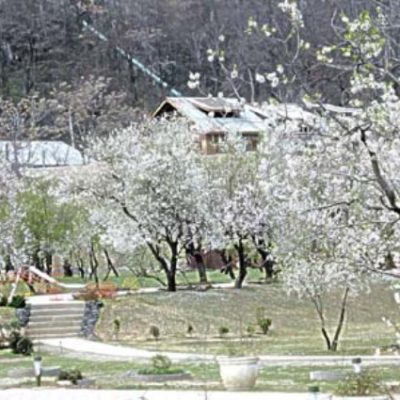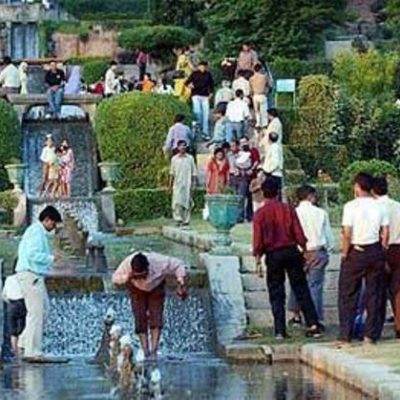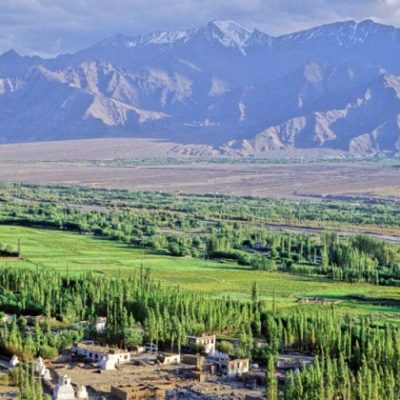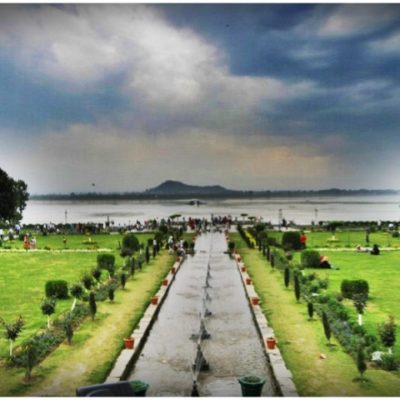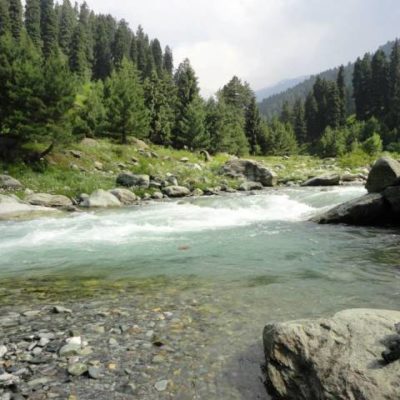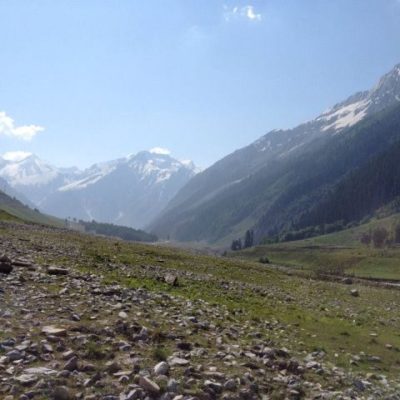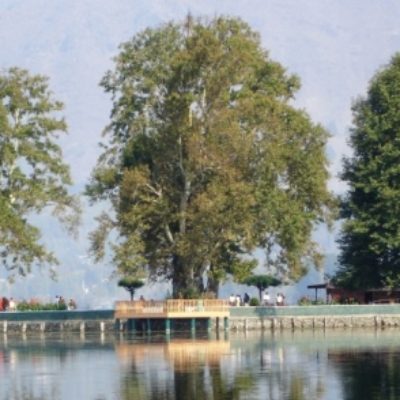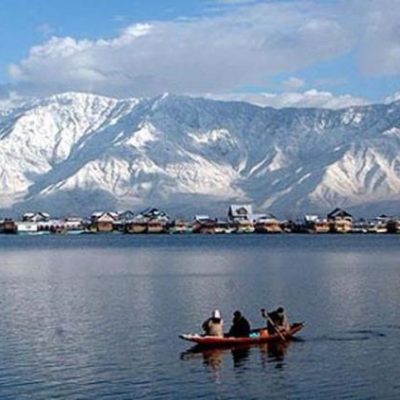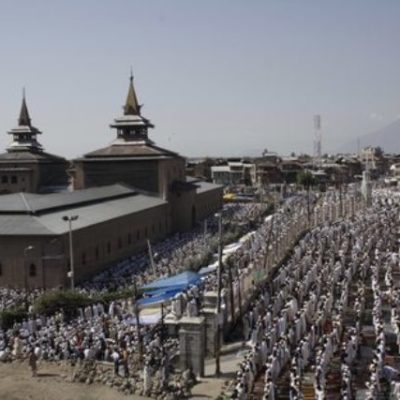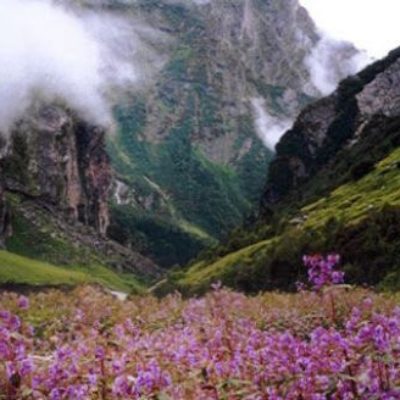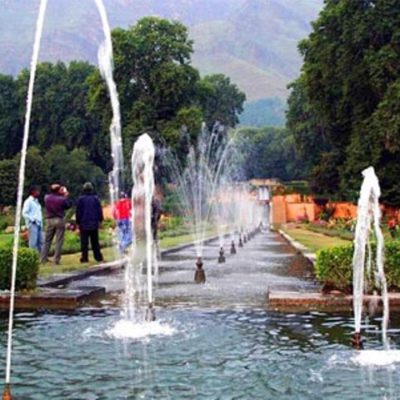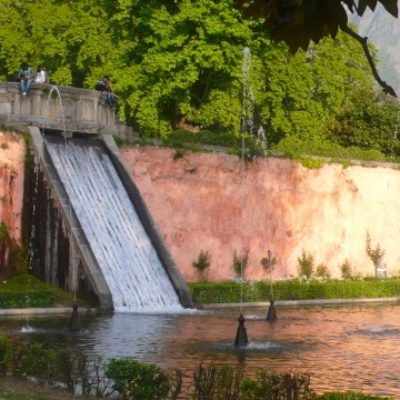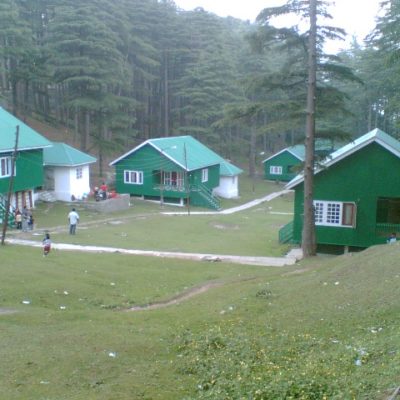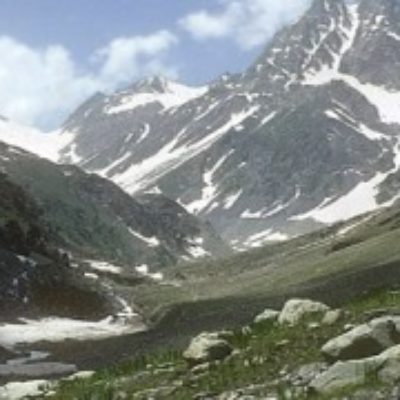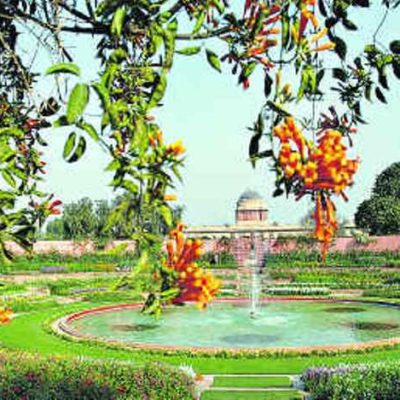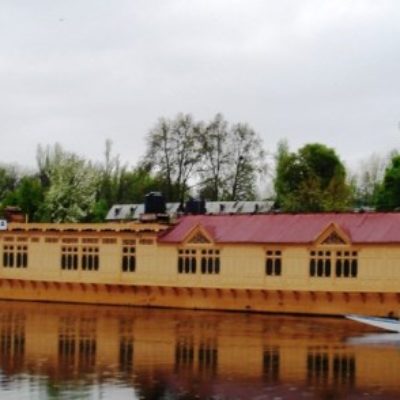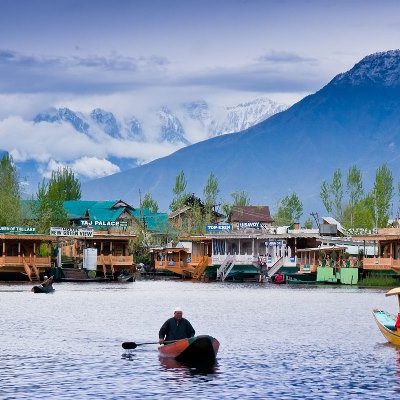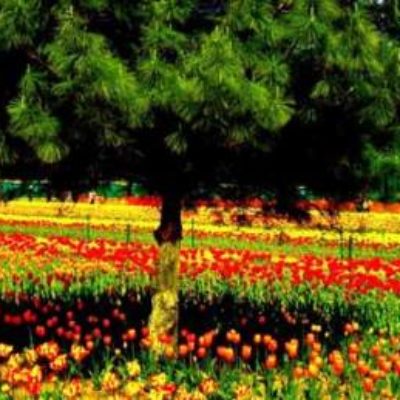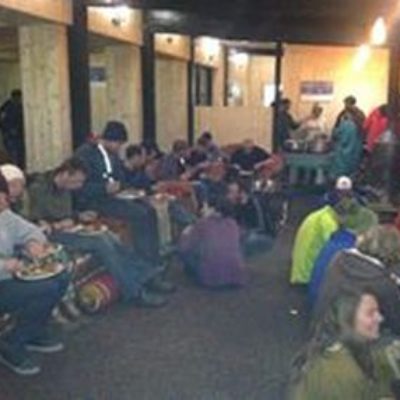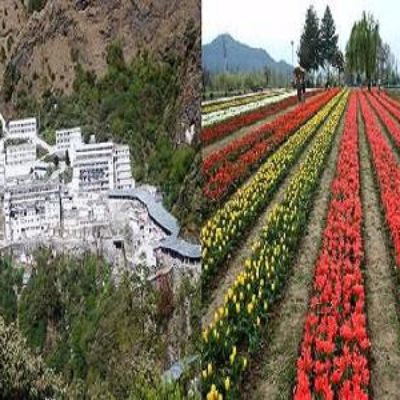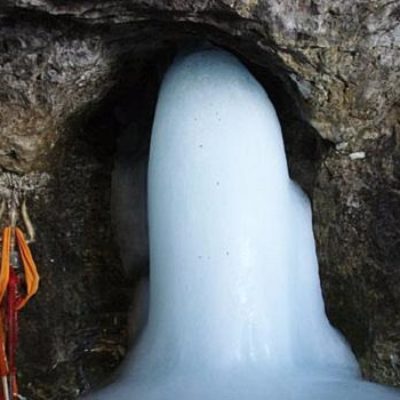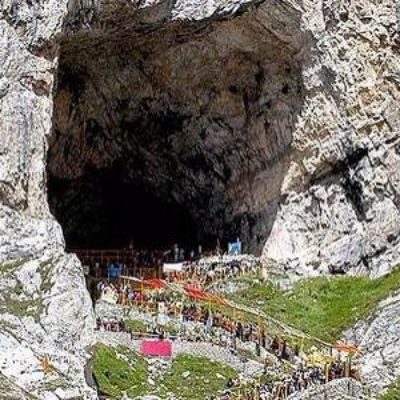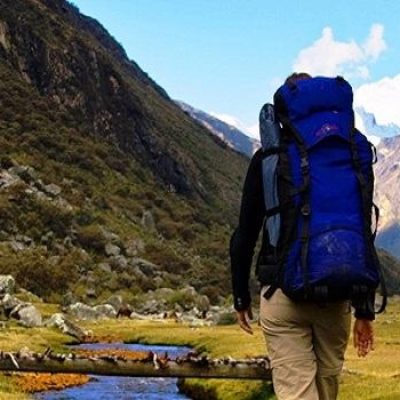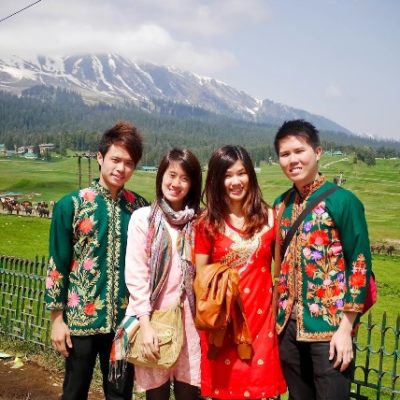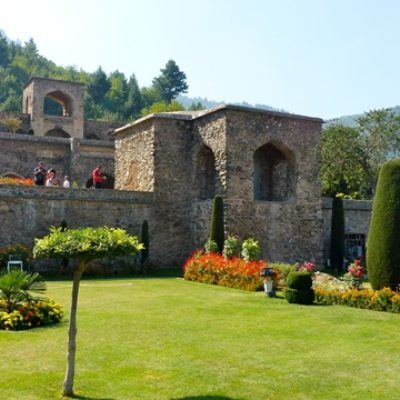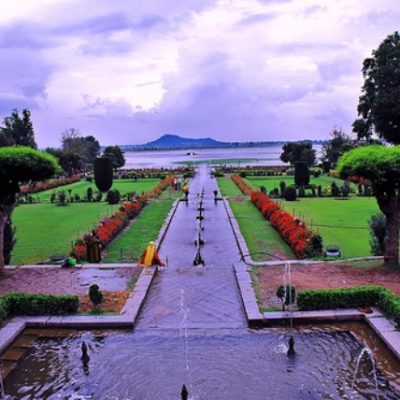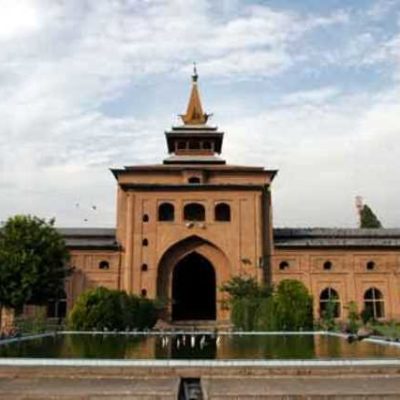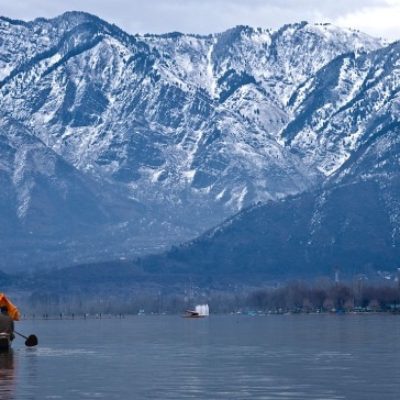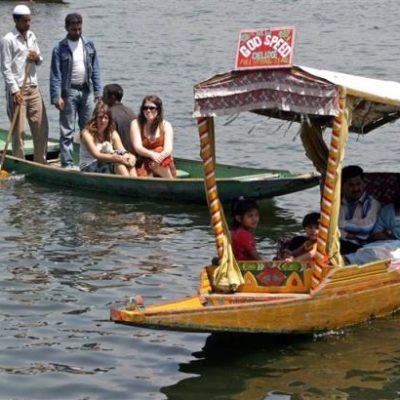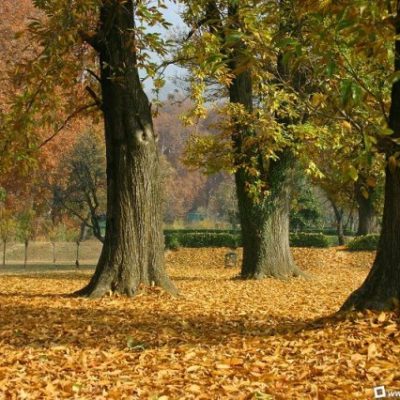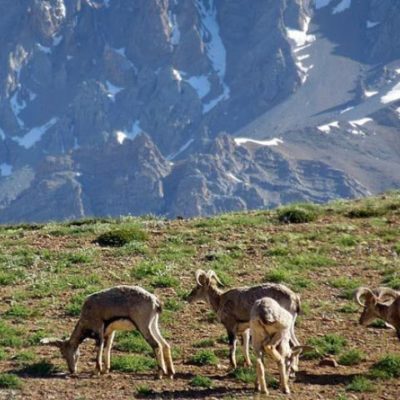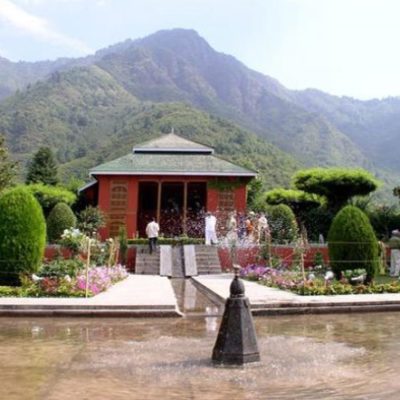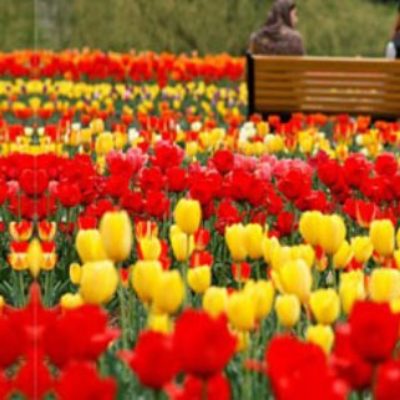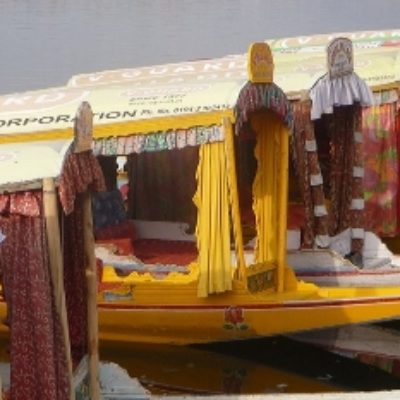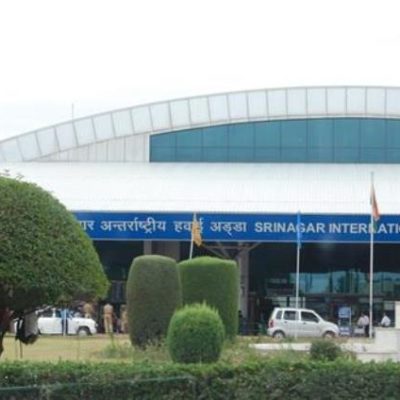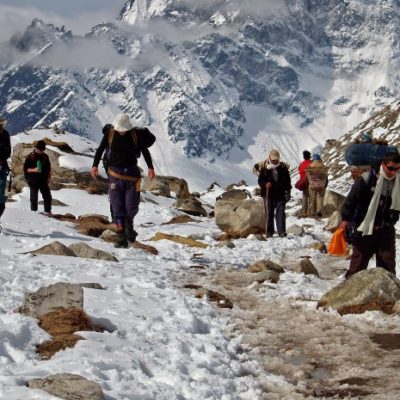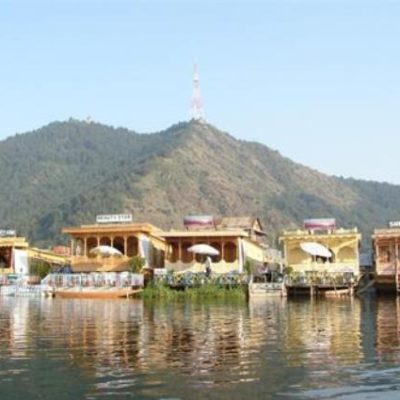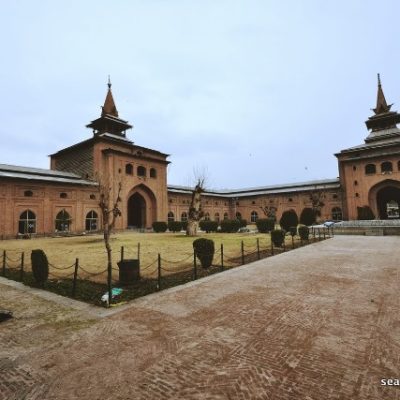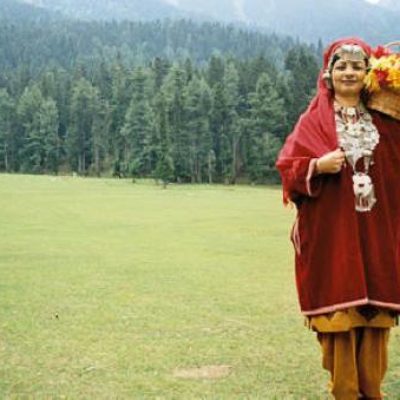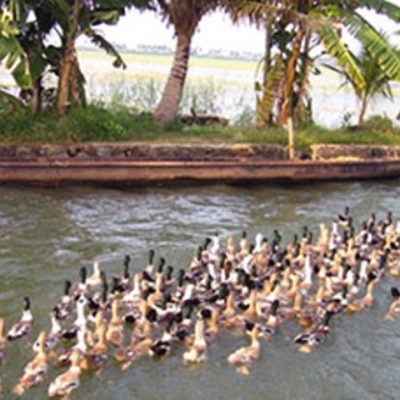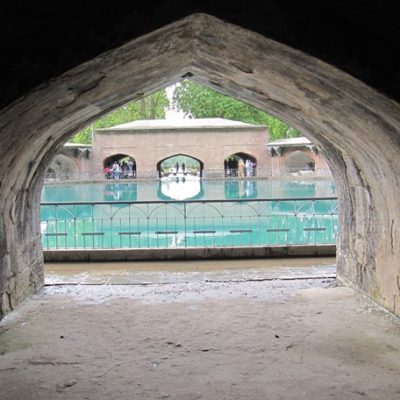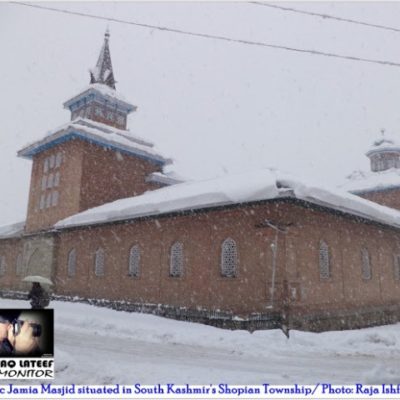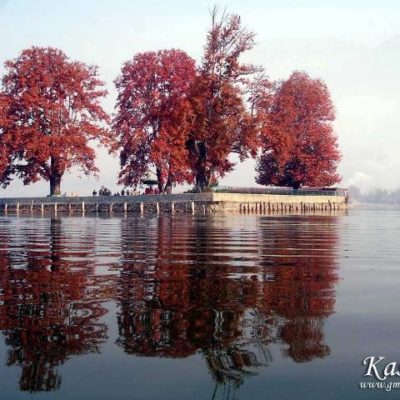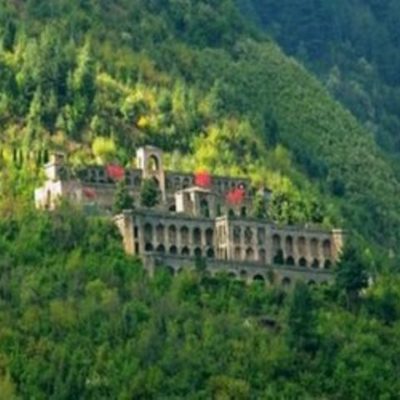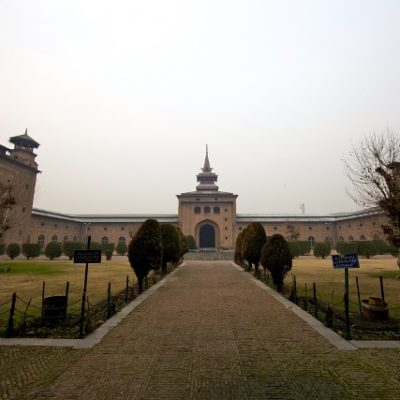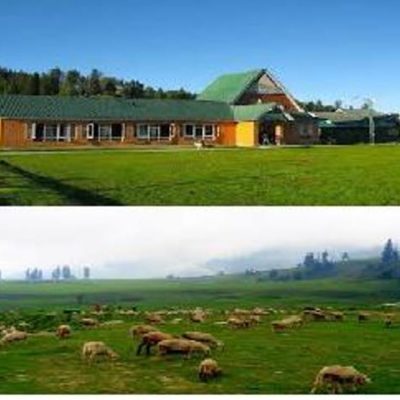Kashmir is beautified by certain distinctive features that are paralleled by few alpine regions in the world. It is the land of snow clad mountains that shares a common boundary with Afghanistan, China and Pakistan. It is located mostly in the Himalayan mountains and shares a border with the states of Himachal Pradesh and Punjab to the south .
Reaching Kashmir
Traveling to Kashmir is quite easy and accessible as the valley is well connected to other parts of India with a well-developed network of roads, air and rail.
By Airline
Srinagar airport is approximately 14 km from the city. There are daily flights to Srinagar(Direct,Via and hopping Operated by all Major Indian Domestic Airlines (from Delhi, Mumbai etc) Airlines like Indigo,Go Air, SpiceJet, Kingfisher, Jet Airways,Jet lite etc are Operating for J & K.
By Rail
Jammu Tawi(Railway Station in Jammu), approximately 305 km far, is the nearest railhead for Srinagar. Trains from Delhi, Calcutta, Pune, Mumbai and other cities arrive at this station only. During holiday season, when there is a heavy rush for Kashmir, additional trains operate for and from this station.
By Road
National Highway 1-A is the main highway connecting Srinagar with Jammu. J&K State Road Transport Corporation (SRTC) as well as a number of private Super deluxe, A-class and B-class buses and Cabs operate to and from the state. Private taxis are also available for traveling to Kashmir. This is one of the most adventurous though a bit strenuous travel track in India.
Seasons of Kashmir:
Kashmir is a famous Place Famous for lakes,Snow clad mountains,Beautiful Gardens ,Springs etc.All the Seasons of Kashmir are always extravagantly beautiful and charming.It is therefore your choice to taste the Nature with all beautiful seasons here.
SPRING : March – May (Temp Min2.5oC- Max25oC)
- It comes alive in spring when nature bedecks the valley with blossom after blossom: almond, cherry, apple, peach, pears, tulips, daises and many more.
- Throughout the valley thousands of fruits and flowers burst into bloom exuding and alluring fragrance.
- Brief showers, light winds and blossoming flowers characterize this season. Along with that, the whole of Kashmir stands blanketed in the hues of green.
- Fresh life with a new Smile is what Kashmir talks about.
SUMMER : June – August (Min 15oC Max34oC)
- In the summer the melting snow of the mountains fill the brooks and rivers with gushing water. Only a touch of white peaks on the top most crags tells the tale of winter past.
- Characteristic of summer are the floating gardens on the Dal lake, trout fishing, trekking in the Himalayas, golf, water sports and bird watching etc.
- The climatic conditions of Kashmir in summers are not quite hot. In Srinagar, you may even require to put on light woolens in summers.
- Kashmir is the most sought after hill station during summers.
AUTUMN : September – November (Min.1.0oC Max.27oC)
- Summer gives way to autumn. Nature packs up for the season with wild abandon leaving a trail of gold mellowed leaves.
- Red fire like glowing Chinar leaves start falling.
- One of the famous highlights of autumn are the saffron fields of Pampore, for which Kashmir is very famous.
- The whole region gets covered in the hues of first gold, then russet and then red.
WINTER : December – February (Min -7.0oC Max 12oC)
- By December the winter season starts to fall and covers the valley with white cover of beautiful snow.It looks like a bride in Great white dress waiting for you.
- Skiing at Gulmarg and the worlds best Chair cable car season starts which tourists enjoy.
- Also if by any chance the Dal-lake freezes due to chill ,then one can enjoy the ice skating too over the Dal lake.
- Covered with snow throughout, Kashmir looks like a picture straight out of a Dream.
Historical Places and Monuments in Kashmir
Some of the Places of historical and archaeological significance are :
Hazratbal Shrine
The Hazratbal Shrine, which is situated on the left bank of the famous Dal Lake in Srinagar. This unmatched reverence is anchored in the love and respect for the Prophet Mohammad(Salalahualiehiwassalam), whose Moi-e-Muqqadas, (the sacred hair) is preserved here. The shirne is known by many names including Hazrathbal , Assar-e-Sharief, madinat-us-Sani,Dargah Sharief and Dargah.Sadiq Khan,laid out a garden here and constructed a palacial building,Ishrat mahal or Pleasure House, in 1623. The Moi-e-Muqqadas is displayed on various occasions related with the life of the Prophet(Salalahualiehiwassalam) and his four holy companions.
Parimahal ( The palace of Fairies)
It was a school of Astrology built by Dhara Shikua, Shah Jahan’s eldest son for his tutor Muhlah Shah. School of observatory.
Hari Parbat
The Hill of Hari Parbat crowned by the pathan fort who his visible from every part of the city. 400 feet above the plain, Legend says the hill grew from a pebble dropped by the goddess Paravati to crush a demon, in the form of Sharika bird (Maina). This is called now Hari Parbat.
Tomb of Zain-Ul-Abidin
The most attractive chapter of Muslim rule in Kashmir (1421-1472) in the reign of Zain- Ul-Abdin.
Pather Masjid
Pather Masjid of the Mughal Mosque built by emperor Noor Jahan in 1620 A.D. wife of Jahangir. Muslims did not however use it for prayers.
Khanqah-e-Moulla
The shrine of Shah-e-Hamdan (RA)or Khanqah-e-Moulla is one of the oldest muslim shrines in kashmir situated on the bank of the river Jhelum in the old city.Shah Hamdan (RA)Originally built in 1953 AD. To commemorate the visit of Mir Syed Ali Hamdan destroyed by fire in 1479 and 1731 AD. It was rebuilt in 1732 by Abdul Barket Khan and since then stand as a land mark in the City. Built of timber, not a nail or Screw was used in the construction.
Jamia Masjid
It is one of the oldest and the most spacious of all the mosques in Kashmir, situated in the heart of the city.The foundation of the mosque, an architectural wonder was laid by Sultan Sikander in 1398 A.D.The area of the mosque is 384ftX381ft. spacious enough for over thirty thousand people to offer prayers at a time.
Shankarcharya Temple
It is located at 1100ft.above surface level of the main city on the Shankaracharya hill, also known as Takht-e-Suleiman. The shiva temple, as Kalhana belives, was constructed by Raja Gopadatya in 371 B.C.and as such is the oldest shirne in Kashmir. Dogra ruler,Maharaja Gulab Singh, constructed stone stairs upto the temple. In 1925,the temple was electrifed. The temple, besides a prominent religious place of Hindus, is of great archaeological importance. The temple commands a magnificient panoramic view of the Srinagar city.
Badshuhnun Dumat
The tomb of the mother of Sultan Zain-Ul-Abideen(1420-70) popularly known as Badshah is a splendid representative piece of the Shahmiri architecture. The monument,situated on the right bank of the river Jehlum near Zaina Kadal is the only one of its kind in and around kashmir which, compared to the wooden structures of the shahmiri period,is a wholly brick structure.
Hari Parbat Fort
Another historical monument of Srinagar is the Hari Parbat Fort constructed by the Afghan Governer,Atta Mohammad Khan(1808-10),on the top of the Hari Parbat or Koh-e-Maraan hill. The architecture of the Fort is similar to that of the forts in Central Asia.
Khir Bhawani Temple
Situated at Tullamula in the Srinagar district,is an important hindu shrine.The temple is associated with the hindu goddess,Ragnya Devi.An annual festival is held here on Jesht Ashtami(May-June) when hindus visit the place in large numbers to offer prayers and seek the blessings of the diety. In addition ,there are umpteen places of religious importance in Srinagar.
Mattan
The temples of Mattan are located midway between Anantnag and Pahalgam. There is a Shiva Temple in the centre of a deep pond.
Martand
This is a significant Archaelogical site. Its impressive Architecture reveals the glorious past of the area. All that remains of the temple is a central rectangular building surrounded by a court and rectangular colonnade.
Natural Springs and Water falls
- AHARBAL
The famous waterfall at Aharbal is located some 75 kms from Srinagar and towards the south of Kashmir. By its dimensions the fall is not what can be called a gigantic one, just some 20 metres or so. However, the volume of water that comes crashing down on the rocks below does amuse one. Topography resembles to other tranquil villages of kashmir .While visiting Aharbal , what is more entertaining is the trip itself. While reaching the place, the apple orchards of Shopian look quite pleasing. The road curves in loops just before the fall and descends sharply. The roaring water at the fall is quite fascinating and one can directly make it up to the edge of the fall which is formed by hard granite boulders.
The stream that flow just 50 m from the fall is known for yet other amusement, the trout fishing. The water isn’t too deep and trout fishes breed in small rock crevices. There is an office of the fisheries department that offers permits. The stretch extends for several kilometers.
Aharbal is also famous for trekking as the treks leading to the beautiful lake called Kounsernag. Treks alongside the lake in the Pir Panjal range are quite popular among the trekkers. The most pleasing features remain to be the tranquility of the place, the beautiful stream running through the region, small hamlet and coniferous trees.
There are few lush meadows at Aharbal and one among them called Kungawatan is very popular.Aharbal can be reached either taking the Pulwama Shopian road or taking the Anantnag road. As was mentioned earlier, the entire trip is plasing filled with all kinds of surprises. The hillside, landscapes and orchards reveal some fantastic faces of the nature.
Aharbal is ideal for the day visit as there are no deluxe hotels and accommodation facilities. Also food can be a problem for travelers and it is recommended to carry eatable while traveling to this place. So far as real amusement is considered, trekking, angling and photography are the best activities to engage in.
Aharbal kashmir is known for Its waterfall and jk tourism online offer exclusive kashmir budget tours in which you can experience the Aharbal Kashmir so Come To Aharbal and Experience the waterfall
- KOKERNAG
Location : 79-km From Srinagar, Kashmir
Also Known As: Papashudan Nad Or Sin-Cleansing Springs
Altitude: 20,12m
Houses: A Botanical Garden And A Rose Garden
The great Mughal historian, Abul Fazi, has chronicled for posterity the benefits of the sweet water spring of Kokernag. This beneficent gift of nature is still regarded as having extraordinary healing powers and the sick are brought here for treatment by its waters, and solitude. Kokernag is also known therefore, and most aptly, as “Papashudan Nag” or Sin-Cleansing Spring.
Kokernag, which lies 79-km from Srinagar has as it’s setting at an altitude of 20,12 meters, a botanical and rose garden, where a myriad varieties of flowers and shrubs perfume the air. The spring gushes out of the base of a thickly wooded hill from where it separates into channels, which bear an uncanny resemblance to the claw-foot of a hen, hence its name.
Kokernag, whether it is to drink of its curative waters or breathe in the fragrance and quiet beauty of its gardens, remains one of the loveliest of all the springs in this verdant valley.
Accommodation is available at well furnished cottages and rooms at reasonable rates. Easily accessible excursions can also be made to Daksum, Achhabai, and Verinag
- VERINAG
Location : Kothar District, 78-km South East Of Srinagar Via Anantnag, Kashmir
Named After: Nila Nag, Son Of Kashyap Rishi
Rebuilt In: 1620 By Emperor Jahangir Verinag
One of the largest springs in India, Verinag, which lies in the Kothar district, is 78-km southeast of Srinagar via Anantnag, and is easily accessible through a bypass from the Jammu-Srinagar highway.
Named after “Nila Nag”, the son of the wise saint, “Kashyap Rishi” who reclaimed the Kashmir valley, the original shape of this spring was in the circular from of a ‘Kund’ in 1620 the Emperor Jahangir had the shape changed into the traditional Mughal octagonal. The spring, which has a circumference of 80m, is enclosed today by a brick wall under which are vaults


